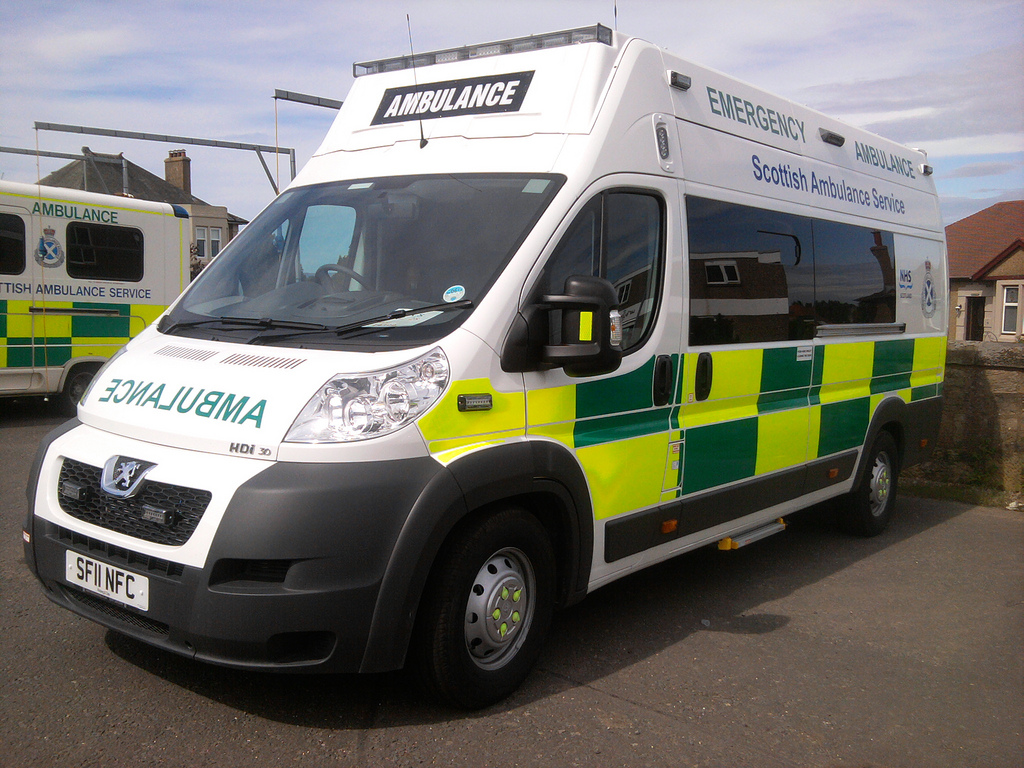The point of lights and sirens is not to go faster than the flow of traffic, it is to get the ambulance around slower moving traffic or a traffic jam. If the flow of traffic is 85mph, then there's really nothing impeding the ambulance from getting through. At your insistence of traveling at 5-10mph above those speeds "because we can" you are saving a negligible amount of time in transit and it should become a question of "is this really worth pushing this truck beyond it's limits". Honestly, I find it horribly irritating when ambulances have their lights and sirens on on the freeway when not in heavy, slow moving traffic. Not only are they driving too fast, saving almost no time off their transit, but they are generally confusing the crap out of other drivers.
Ambulances in America (at least the brands I am aware of) are trucks first and ambulances second. They are top heavy, geared like trucks, have suspension and shock systems like trucks, and generally have the overloaded breaking systems to begin with. These vehicles are not designed to operate at such speeds. If ambulances in Europe are designed as high performance vehicles, then I suppose this would be the only debatable point. As I have no first hand knowledge of ambulances in Europe, I left that caveat open in the event I was mistaken.
I lost my "balls to the wall" speed on runs about 10 years ago, but to be honest I lost my "responding lights and sirens to the hospital" last year after starting a part time job on a MICU. When I was smacked in the face with sick ICU patients for 2+ hours and going with the flow of traffic, nothing on the EMS side seemed that bad anymore. I began to realize that going lights and sirens generally saved little time and just created an increased risk of minor and major auto accidents.


